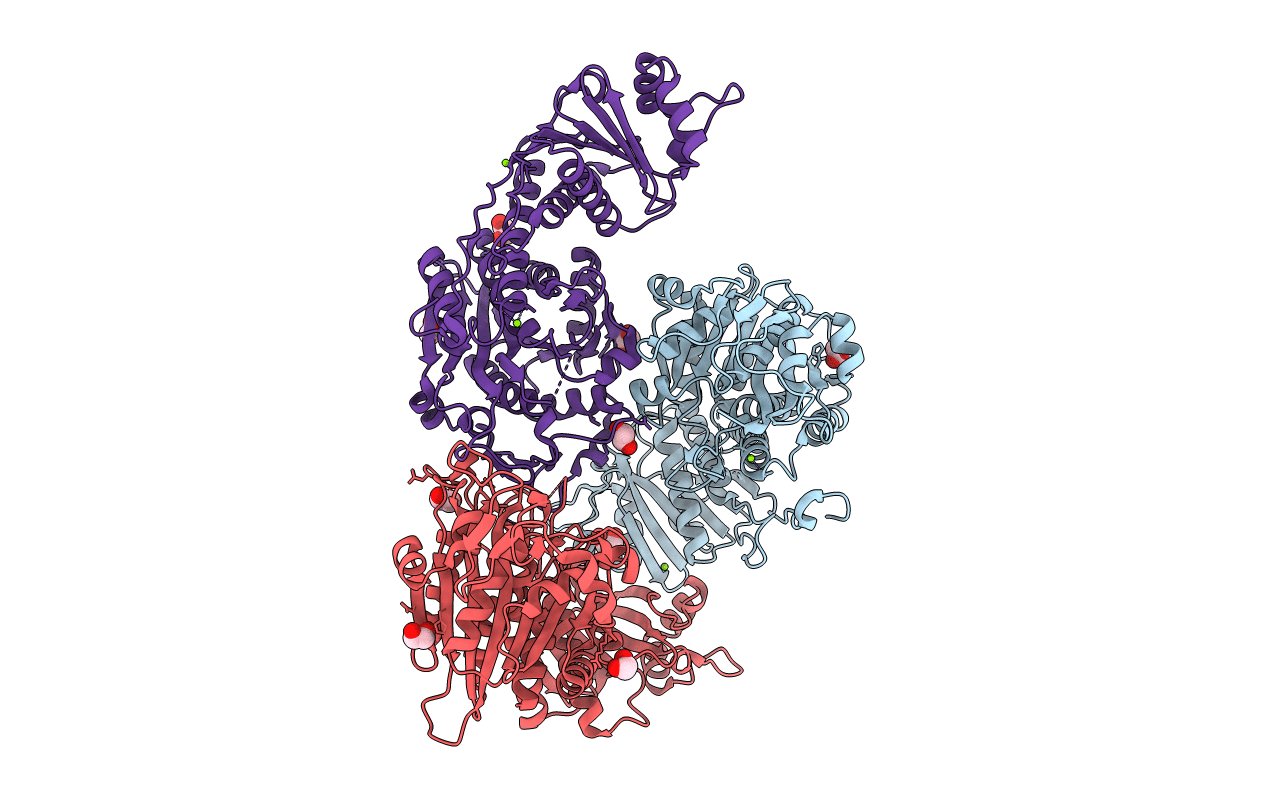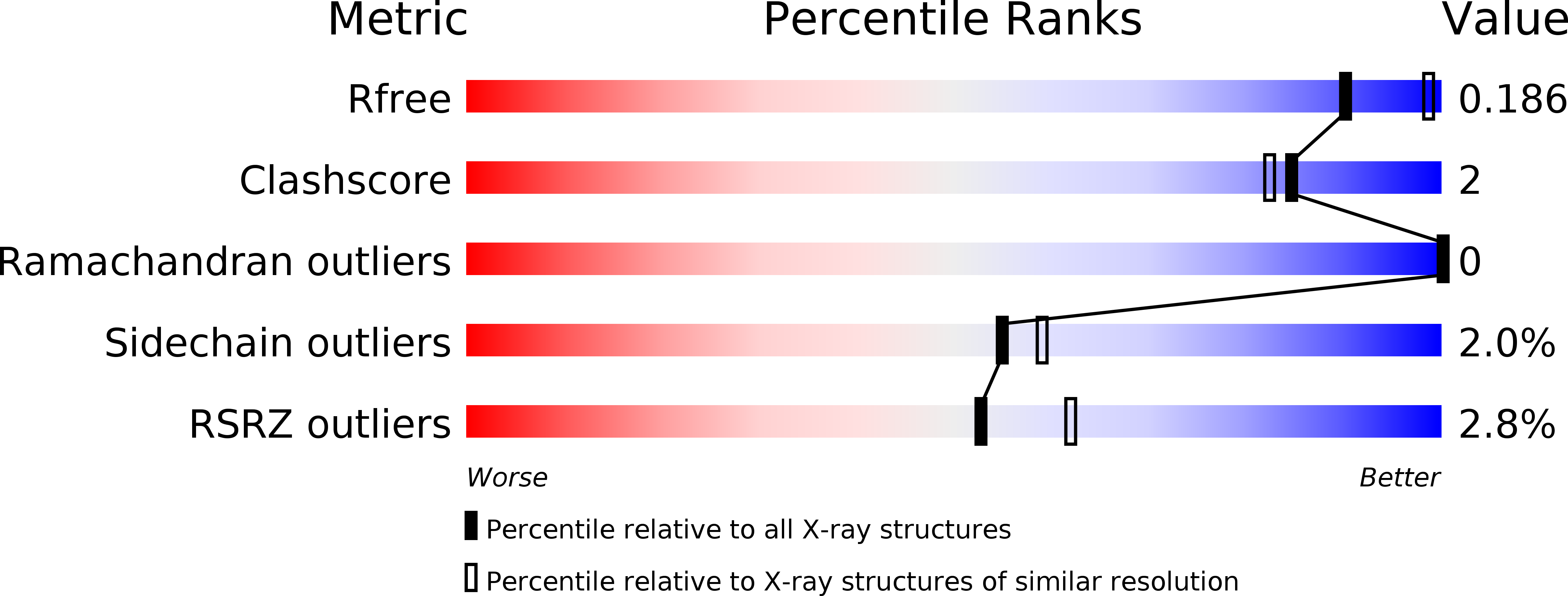
Deposition Date
2015-08-17
Release Date
2016-05-11
Last Version Date
2023-09-27
Entry Detail
Biological Source:
Source Organism:
Solanum lycopersicum (Taxon ID: 4081)
Host Organism:
Method Details:
Experimental Method:
Resolution:
2.15 Å
R-Value Free:
0.17
R-Value Work:
0.15
R-Value Observed:
0.15
Space Group:
C 2 2 21


